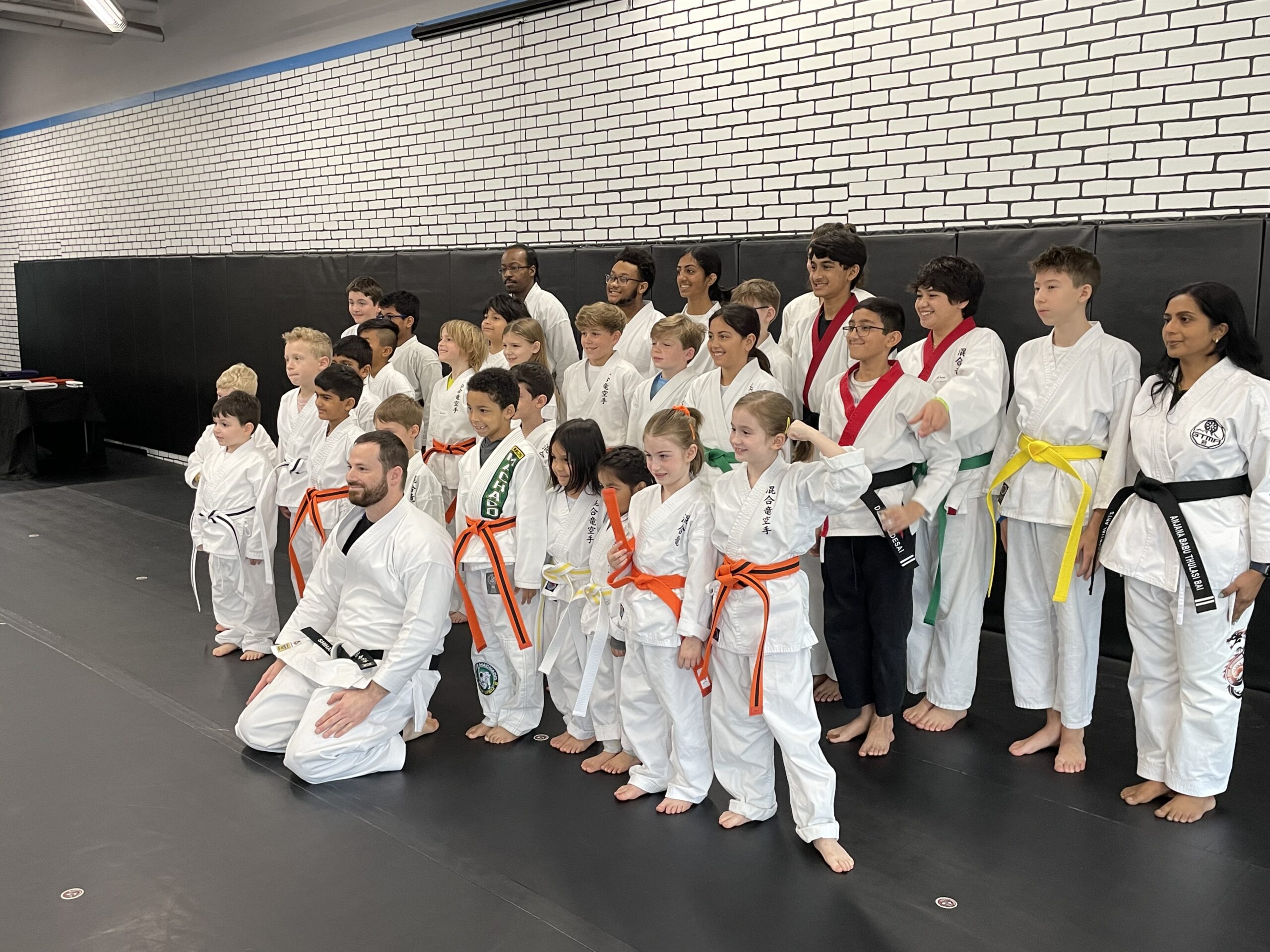
- 516
Martial arts, encompassing a diverse range of disciplines from karate to judo to Brazilian jiu-jitsu, often suffer from widespread misconceptions. These misunderstandings can deter potential students and perpetuate stereotypes that do not reflect the true nature and benefits of martial arts. Here, we’ll explore some of the most common misconceptions and set the record straight.
Martial Arts Are Mainly About Fighting
One of the biggest misconceptions is that martial arts are solely focused on fighting and physical aggression. In reality, martial arts are about self-discipline, respect, and personal growth. The physical aspect of martial arts is just one component; they also teach mental and spiritual development. Most disciplines emphasize self-defense over aggression, and sparring is often conducted in a controlled, respectful environment.
You Need to Be Young and Fit to Start
Many people believe that martial arts are only for the young or those already in peak physical condition. This couldn’t be further from the truth. Martial arts classes are designed to be accessible to people of all ages and fitness levels. Instructors are skilled at adapting techniques to suit individual needs and capabilities, making martial arts an excellent activity for improving fitness at any age.
Martial Arts Are Too Dangerous
While there is a risk of injury in any physical activity, martial arts training is generally very safe when conducted under the supervision of qualified instructors. Safety equipment, proper technique, and adherence to dojo rules greatly minimize risks. The structured nature of martial arts training also teaches practitioners how to avoid and manage dangerous situations effectively.
It’s All About Physical Strength
Though physical strength can be an advantage in martial arts, techniques often rely more on speed, agility, and strategy. Many martial arts disciplines focus on using an opponent’s strength against them, which means that skill and technique can often trump brute force. This principle allows smaller or weaker individuals to defend themselves effectively against larger opponents.
Martial Arts Training Doesn’t Provide a Real Workout
Some people underestimate the physicality of martial arts, thinking it doesn’t compare to gym workouts or team sports. However, martial arts training is incredibly comprehensive, offering cardiovascular, strength, flexibility, and endurance training. A single session can involve a mix of aerobic and anaerobic exercise, stretching, and technical drills that challenge the body in unique ways.
Martial Arts Encourage Violence
This is perhaps one of the most harmful misconceptions. Martial arts training emphasizes respect, control, and discipline. Most martial arts philosophies highlight peace, self-control, and non-violence. Practitioners learn to use physical force only as a last resort and within the context of self-defense.
Only Certain Types of People Pursue Martial Arts
The diversity among martial arts practitioners is vast, spanning various ages, backgrounds, and professions. The benefits of martial arts—such as increased confidence, improved physical health, and better stress management—appeal to a wide range of individuals. Moreover, the inclusive community aspect of martial arts schools fosters a welcoming environment for all.
Martial arts offer numerous benefits that go beyond physical combat. They promote a balanced approach to mental, physical, and emotional well-being, making them a valuable activity for anyone looking to enhance their life. By dispelling these common misconceptions, we can appreciate the true essence of martial arts and encourage more people to explore this enriching practice. Whether for fitness, self-defense, or personal growth, martial arts provide a structured and supportive path to achieving one’s goals.
